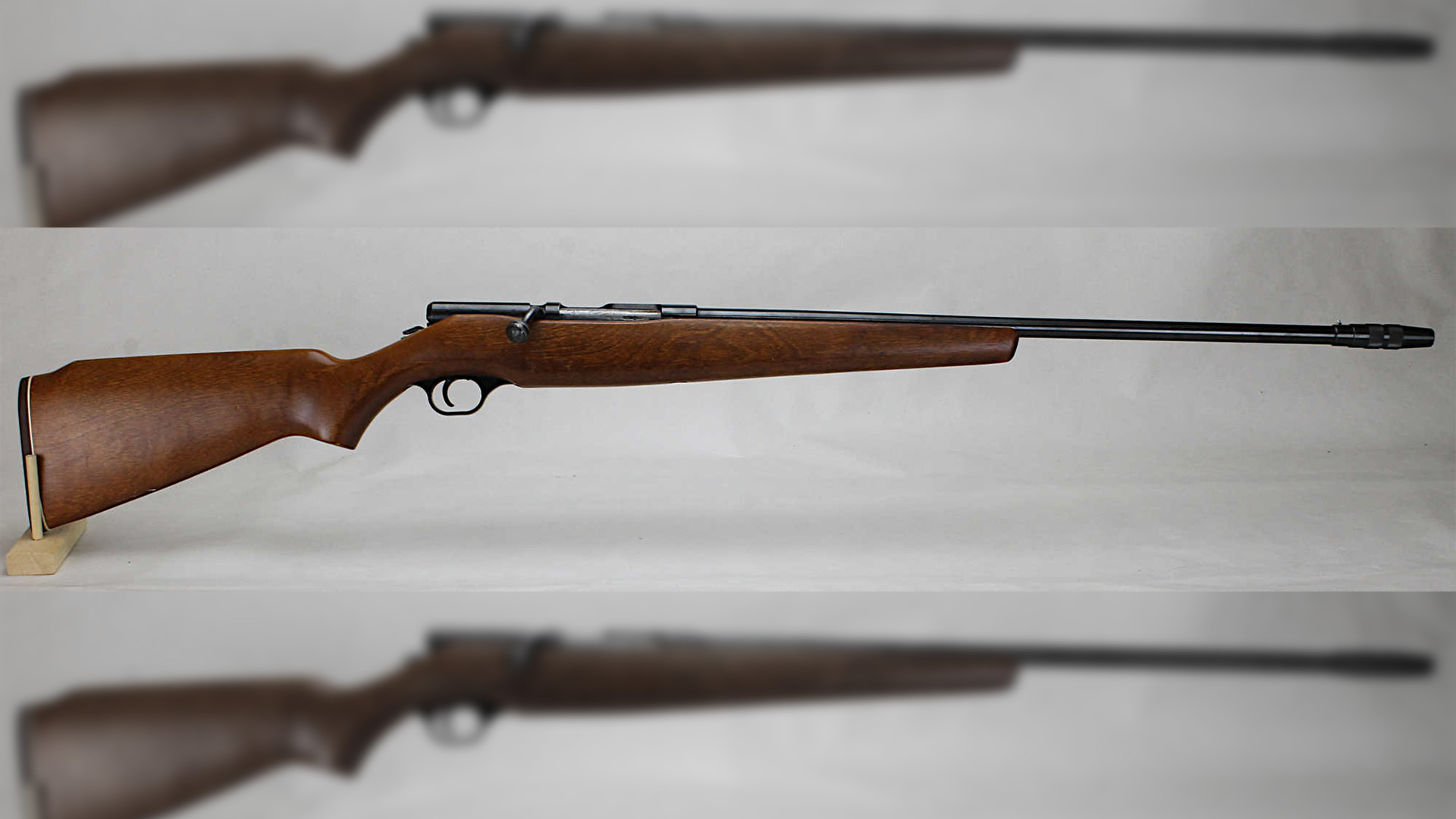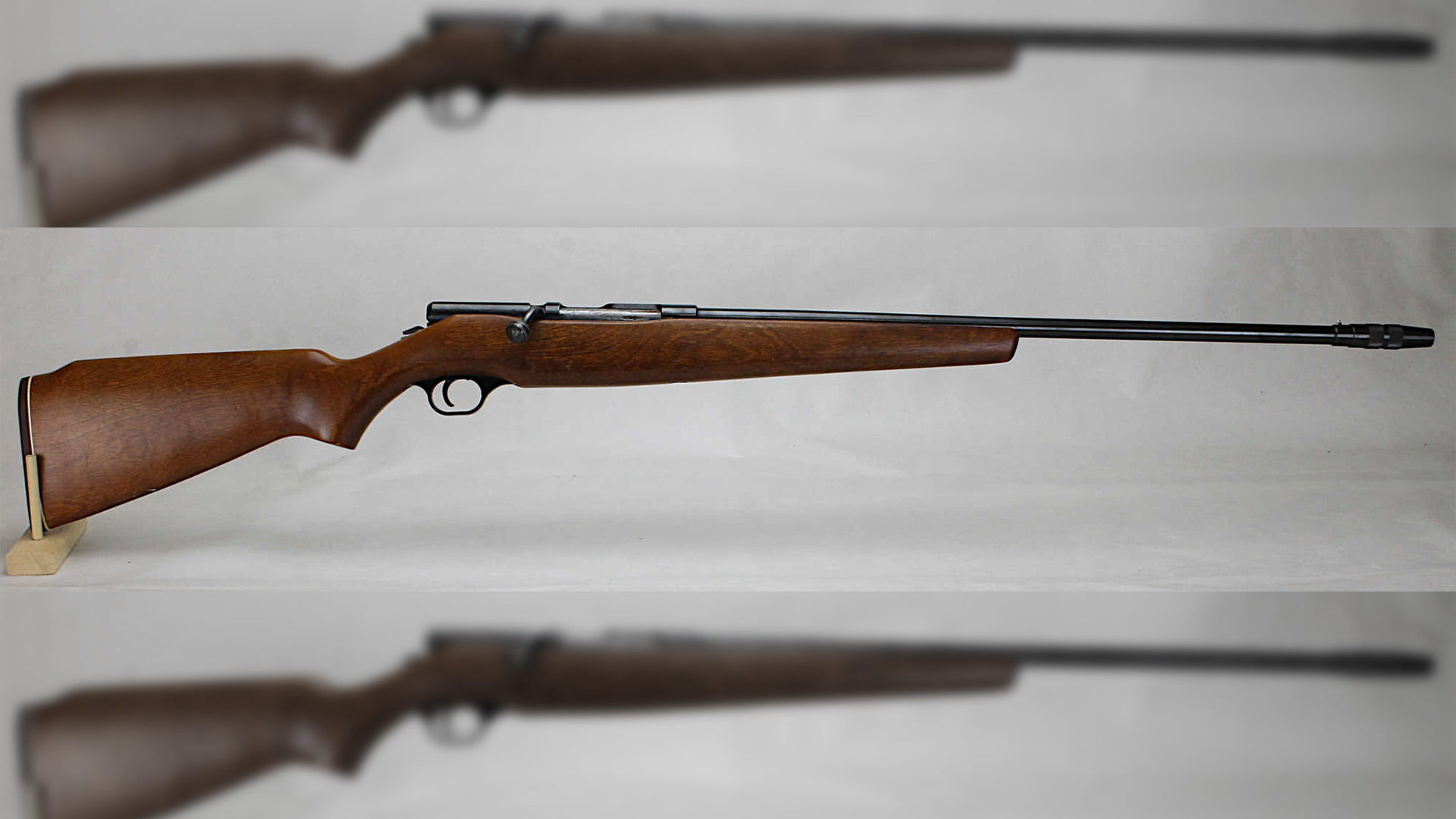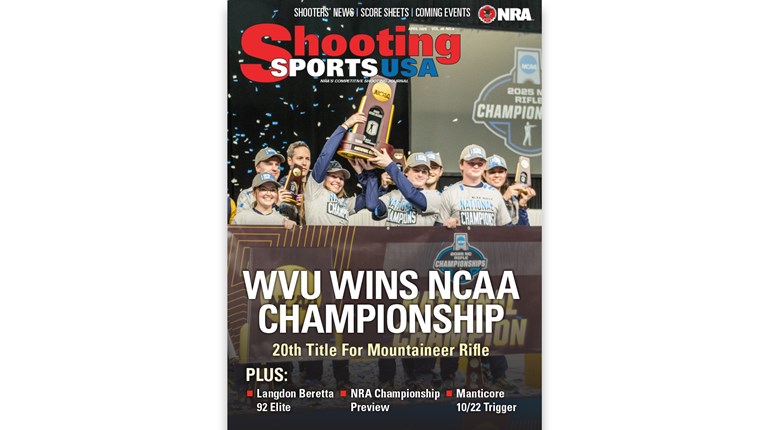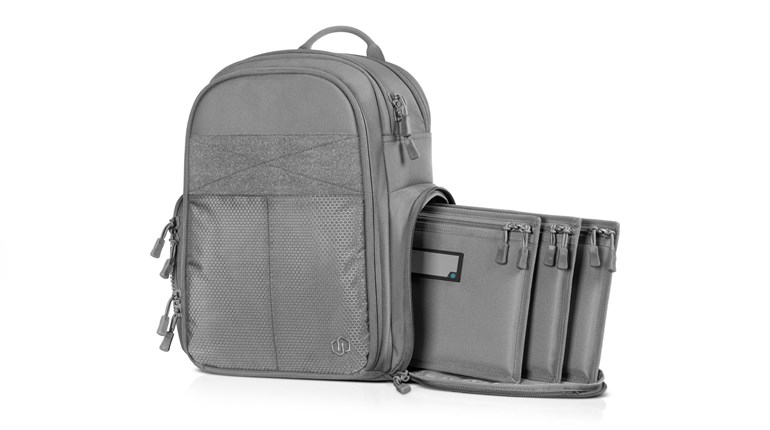
WARNING: All technical data in this publication, especially for handloading, reflect the limited experience of individuals using specific tools, products, equipment and components under specific conditions and circumstances not necessarily reported in the article and over which the National Rifle Association (NRA) has no control. The data has not otherwise been tested or verified by the NRA. The NRA, its agents, officers and employees accept no responsibility for the results obtained by persons using such data and disclaim all liability for any consequential injuries or damages.
In this article, we will help readers literally get the most bang for their buck!
The usual progression of new handloaders is:
1) Get some gear.
2) Learn to handload.
3) Be delighted with their savings vs. buying factory ammo. This generally translates into spending just as much money, but having lots more good ammunition to show for it.
That’s not a bad thing—more high-quality practice generally leads to greater skill. Eventually, many new handloaders become more knowledgeable and enthusiastic, and begin refining their gear and technique. Then, handloading becomes a fascinating hobby in its own right!
Goals
Active competitive shooters have goals to meet, and handloading is the means to reach them. Unfortunately the cost of reloading components has, in most cases, literally doubled in recent years. Newcomers are at an economic disadvantage relative to the shooters of only a few years ago.
It is difficult to practice the desired amount when costs are high. There are ways to develop skill without shooting as much higher-cost, match-grade ammunition. Many don’t involve live ammo, so we will cover the handloading aspects here.

The better approaches do not include the popular idea of buying “cheap” military surplus or “combat/plinking” grade ammunition. That is almost never a bargain given the accuracy we require, the skill we intend to achieve and the cost in barrel life expended vs. accuracy obtained (i.e., training value). Even years ago, when high quality surplus .308 FMJ ammo was plentiful at $3.00/20 cartridges, it was of only limited training value. Now that similar ammunition costs $12.00 - $20.00/20, it is even less useful.
Cost of Training
Luckily, the cost of training with one’s AR-15 Service or Match Rifle can be significantly reduced. Using the popular .223/5.56 mm caliber for our example, let’s see how to save money and train more, with excellent results. A quick scan of some well-known, online component vendors reveals that the widespread favorite 77 gr. match bullets now cost ~$28.50/100.
Thus, full-distance 200-and 300-yard match handloads using top-quality powder and match primers will cost ~$8.64 per 20-rd box, not counting brass. This compares quite favorably with the “go-to” maker’s 77 gr. match ammo at $23.99/20. Handloaders save ~$767.50 per 1000 rounds, and both loads use the same brand of match bullets! NOTE: These figures are approximate; shopping around, buying in quantity, etc. can save still more money.
Not all training can or will be done at 200, 300 and 600 yards. Many ranges are limited to 100 or 200 yards. Thus, shooting is done on official, reduced-distance versions of the standard 200, 300, and 600-yard targets. Training at 100 or 200 yards very rarely requires the 77 gr. bullets’ special wind-bucking ability.
We can use the “go-to” 52 gr. match HPBT bullet at $21.49/100, excellent but less-expensive powder and good, standard primers. This yields superbly accurate 100/200-yard practice ammo at ~$6.46/box, and savings increase by another $109.00 per 1000 rounds. That’s good, but we can still do better!
Having cut the price of our ammunition significantly while retaining great accuracy, we’ve done well so far. However, we’re nothing if not resourceful, and now is not the time to rest on our laurels. In our next article, we will explain another radical reduction in our handload cost, again with excellent accuracy, plus an equipment approach that can save shooters thousands of dollars over their careers!
Thanks to the U.S. Army Marksmanship Unit for allowing the reprint of their handloading article series.



































